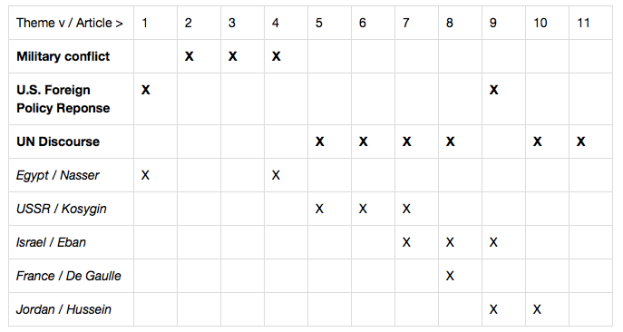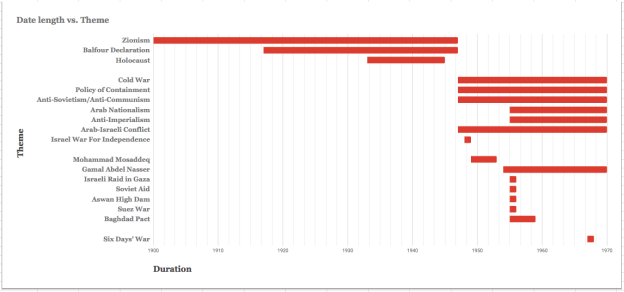This week I watched Taxi Driver directed by Martin Scorsese, a neo-noir movie that depicts the psychological predicament of a Vietnam War veteran named Travis. Set in the New York City of 1970s, this movie explores the conflict between a war hero who tries to stick to the older social norm of the era before his enrollment into the army and the new social landscape of America that took form in late the 1960s as a result of various social movements.
Travis, haunted by stress and insomnia, takes up the job as a nightshift “cabbie” to get himself busy. He is abhorred by the face that the city shows at night: “whores, skunk pussies, buggers, queens, fairies, dopers, junkies, sick, venal” (Scorsese, Taxi Driver). Apparently, he is not highly valued by the society, despite his honor in the war. His customer humiliates him with goffered dollar bills, which he can choose to do nothing about but put it in his pocket. His attempts to accost women are met by refusal and hostility, which leaves pornographic movies as his only channel to find sexual consolation. He writes so in his diary: “
“All my life needed was…someplace to go…I believe that someone should become a person like other people” (Scorsese, Taxi Driver).

His loneliness and sense of exclusion is clearly spelled through this line. He wishes for recognition, both from the society and women, yet both deny him. He detests to see morality and order breaking down at night, yet he is, at the same time, entrenched in porn movies and pills.
A key character in the story is Betsy, a secretary working for the campaign of the president candidate Palatine. An angel to Travis’ fascination, she lacks the potential threat that Marilyn Monroe poses to males, but at the same time possesses beauty and innocence. Travis sees her through the french window in her office, when she is fussed around by Tom, another male colleague of her. This man wears an Afro hairstyle, walks around in bright-colored suit and banters in lame jokes, a contradiction to Travis’ virility and conciseness. To Travis, Betsy’s innocence is an escape from the degraded world he is in. He successfully gains Betsy’s attention and invites her to a film. However, Betsy is astonished and repelled by the pornographic content in the film, which Travis enjoys as an outlet of his desire. Predictably, Betsy breaks with Travis and no longer answers his call. At the end of one scene, Travis intrudes into Betsy’s office to question why she has stopped talking to him. Tom chases him away.
“Loneliness has followed me my whole life…There is no escape. I’m God’s lonely man” (Scorsese, Taxi Driver).
He turns to the black market to buy guns and starts planning vengeance on the society. His decision is to assassinate Palatine—–the politician Betsy works for—–someone he sees as an incarnation of corruption and hypocrisy. Not unexpectedly, this attempt fails.
This event brings Travis to his second fascination—–Iris. Iris works as a prostitute for a pimp called Sport. She once runs into Travis, but is then dragged away by a whoremaster. From Travis’ point of view, Iris is forced and trapped in this relationship, even though another scene shows Sport and Iris expressing deep affection towards each other. Travis undertakes a mission to rescue Iris—–take her home and send her to school—–even though she is content with her situation. He imagines himself as the heroic savior who now can prove his value and restore the older norm of the society.
His determination is put into action. He storms into brothel alone, shoots Sport right at his abdomen and proceeds to kill a gatekeeper and a client who has just finished with Iris. With a long interval in-between, the audience hears a thanks letter written by Iris’ parents to Travis in the next scene, which expresses their gratitude for returning Iris home. Travis is now acclaimed by the paper as a hero, but he continues his life as a cabbie. At the end, Betsy runs into him and expresses her regret, but he only replies, “So long” and drives his cab away (Scorsese, Taxi Driver).
Many critics find the last scene a fantasy in Travis’ dying moments (Ebert). In this consummated version of his life, he is elevated from the dirty sewage in New York and his virility is recognized. The ending is a milestone in film history, because while it temporarily raises up Travis as the hero, he resumes his low-profile life as a “nameless hero.” A typical plot development of older films, in which the male protagonist eventually comes together with the femme fatale, starts to give way to the characterization of a lonely hero. The male hero does not need a woman to cooperate with him, nor does he even need her in his private life. He tackles the problem by himself, while standing alone for the rest of the time. He is not particularly a misogynist or an aseuxal man, but partnership and relationship do not play a role in his life.
This prototype of a lonely and emotionless hero plays in later American films, including Rambo in First Blood, who happens to be a Vietnam veteran as well. It fulfills a masculine fantasy of hidden honor and recognition, when the society no longer recognizes a middle-class heterosexual male as the only exemplar of success.
Travis epitomizes the social exclusion and estrangement that the Vietnam War veterans found when they came back home after years in a strange place. America had become a new place, yet they still clutched to the older society in their memory. Travis could not understand why Iris would want to stay with Sport:
Travis: “That guy Sport is a killer.”
Iris “Sport never killed nobody… He is a Libra.”
“I’m a Libra too. That’s why we get along so well.”
Travis: “Looks like a killer to me” (Scorsese, Taxi Driver).
His action to kill the pimp and return Iris home is more of a desperate move to assert his value as a man and to bring the society “back on track”. In a way, this film records the collision between the old America and a new America, which in many respects is still happening today.
Works Cited
Ebert, Roger. “Taxi Driver Movie Review & Film Summary (1976) | Roger Ebert.”RogerEbert.com, 1 Jan. 2004, http://www.rogerebert.com/reviews/great-movie-taxi-driver-1976.
Scorsese, Martin, director. Taxi Driver. Amazon, Columbia Pictures, 1976, http://www.amazon.com/Taxi-Driver-Cybill-Shepherd/dp/B000I9U7C4.





